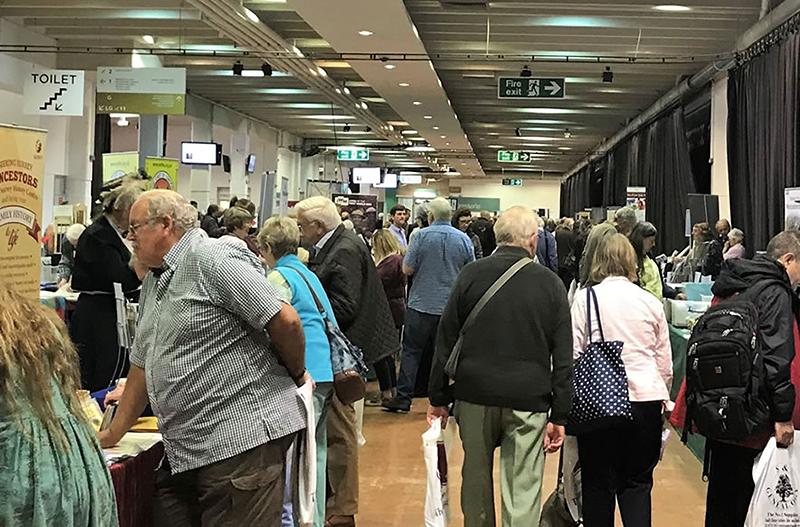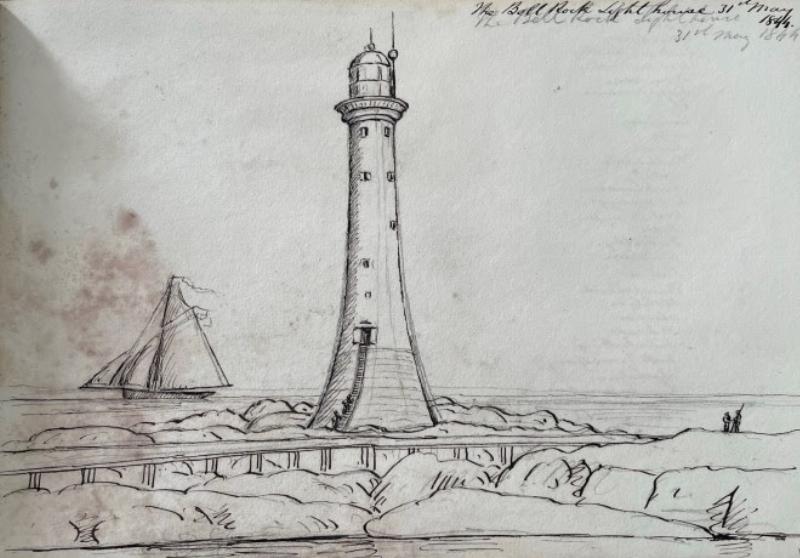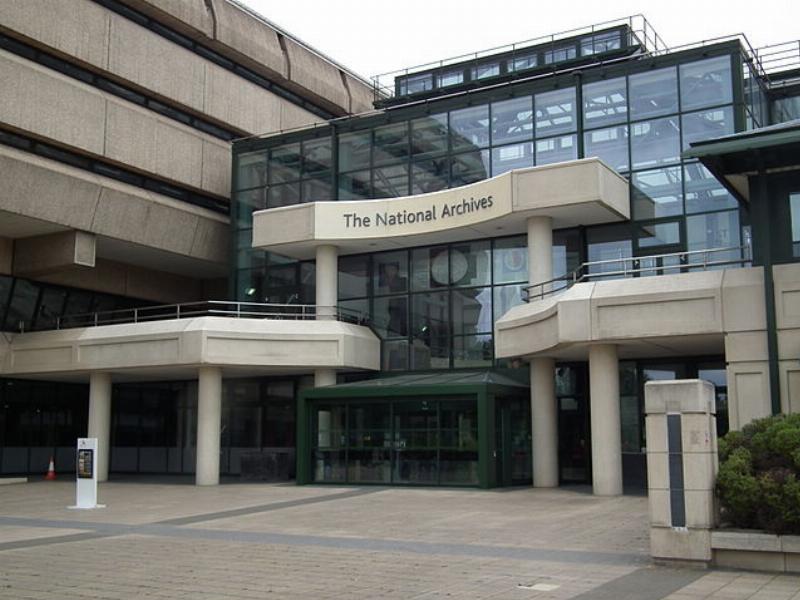Over 1,000 square miles of searchable property records have been released
Today sees the launch of a superb new resource for family historians, providing a great way to discover what type of property our ancestors once occupied. TheGenealogist has just added records covering every head of household and property owner in Oxfordshire around the period 1910-1915 with their latest release. Known as the Lloyd George Domesday Survey, the site now has over 2 Million records searchable online from this collection, covering all boroughs of Greater London plus Middlesex, Buckinghamshire, Berkshire and West Hertfordshire, along with the newly added Oxfordshire.

High Street, Oxford TheGenealogist’s Image Archive
The records were created when one of the most important government surveys took place in Britain as a result of David Lloyd George’s 1910 Finance Act. The Board of Inland Revenue Valuation Office Survey, or The Lloyd George Domesday Survey as the records have become known, is safely held by The National Archives at Kew.
Following many years of collaboration between The National Archives’ conservation and records team and TheGenealogist’s digitization staff at Kew, the project to publish these records, comprising of the IR 58 Field Books and accompanying IR 121 to IR 135 Ordnance Survey maps, has now reached a major landmark.
This latest release of Oxfordshire records from The National Archives joins the millions of records in TheGenealogist’s powerful tool, Map Explorer™.
- The Lloyd George Domesday Survey identifies individual properties on extremely detailed 1910-1915 maps, zoomable to the exact plot
- The surveyors’ field books provide fascinating details about the house, often revealing the size and number of its rooms
- Maps reveal the features of the neighbourhood in which an ancestor lived
- Search using the Master Search or by clicking on the pins displayed on TheGenealogist’s powerful Map Explorer™
- Historic maps are layered over modern street maps, allowing you to see how an area changed over time
- The project will expand to cover the rest of England & Wales
Dr Jessamy Carlson, Family & Local History Engagement Lead at The National Archives, said:
“The Valuation Office maps are a key resource for house and local history, and this project is an exciting development for future research. Oxfordshire is an excellent addition to this growing set of online resources, and the variety of residences it covers reveals some fascinating insights into communities before the First World War.”
Mark Bayley, Head of Online Content at TheGenealogist, said:
“This release marks a major milestone in the Lloyd George Domesday Project, with now over 2 Million records available for family historians to search. These records enable genealogists and researchers to gain insights and reveal the intricacies of our ancestors' homes, gardens and property ownership.”

Oxfordshire is the latest release of TheGenealogist’s Lloyd George Domesday Records
Visit thegenealogist.co.uk/1910Survey for more information.
Read TheGenealogist’s article in which these records were used to find the property of Oxford resident William Morris: The Cyclist Champion who built a Car Empire
https://www.thegenealogist.co.uk/featuredarticles/2023/the-cyclist-champion-who-built-a-car-empire-3795/
About TheGenealogist
TheGenealogist is an award-winning online family history website, which puts a wealth of information at the fingertips of family historians. Their approach is to bring hard to use physical records to life online with easy to use interfaces such as their Tithe and newly released Lloyd George Domesday collections.
TheGenealogist’s innovative SmartSearch technology links records together to help you find your ancestors more easily. TheGenealogist is one of the leading providers of online family history records. Along with the standard Birth, Marriage, Death and Census records, they also have significant collections of Parish and Nonconformist records, PCC Will Records, Irish Records, Military records, Occupations and Newspaper record collections amongst many others.
TheGenealogist uses the latest technology to help you bring your family history to life. Use TheGenealogist to find your ancestors today!





